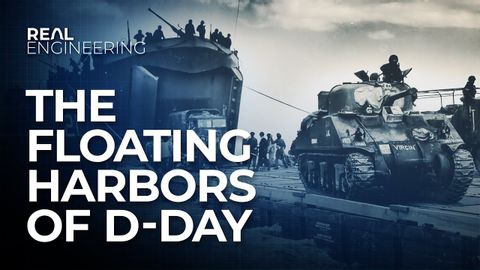
Subtitles & vocabulary
The Floating Harbors of D-Day
00
joey joey posted on 2021/06/02Save
Video vocabulary
episode
US /ˈɛpɪˌsod/
・
UK /'epɪsəʊd/
- Noun
- One separate event in a series of events
- Show which is part of a larger story
B1TOEIC
More massive
US /ˈmæsɪv/
・
UK /ˈmæsɪv/
- Adjective
- Very big; large; too big
- Large or imposing in scale or scope.
B1
More vital
US /'vaɪtl/
・
UK /'vaɪtl/
- Adjective
- Needed to support life; essential
- Full of life; energetic
B1TOEIC
More accommodate
US /əˈkɑ:mədeɪt/
・
UK /əˈkɒmədeɪt/
- Transitive Verb
- To adapt or handle a situation, task
- To fit in with others' needs, opinions
B1TOEIC
More Use Energy
Unlock All Vocabulary
Unlock pronunciation, explanations, and filters
